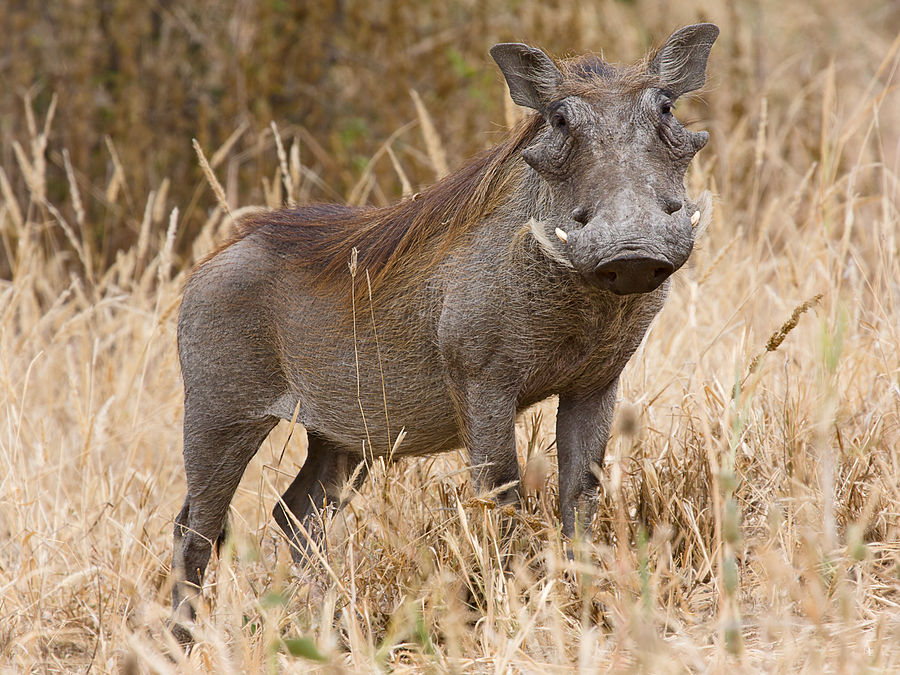Facts About Common warthog
The common warthog, a wild member of the pig family, roams the landscapes of sub-Saharan Africa. Once thought to be a subspecies of *Phacochoerus aethiopicus*, it has now been granted its own distinct classification. Across Africa, various subspecies of these fascinating creatures can be found.
The common warthog is medium-sized and easily recognizable by its prominent tusks. These animals have a varied diet, consuming plants, insects, and even carrion. Not just foragers, warthogs are also excellent diggers and often take over abandoned burrows for shelter. When threatened, they can sprint quickly and exhibit aggressive behavior to defend themselves.
Warthogs are social animals that live in groups known as sounders. Females typically remain in their birth groups, while males venture out but stay close to their home range. They breed seasonally, with males having overlapping territories that include several females. After a gestation period of five to six months, female warthogs, or sows, give birth to litters of 2–8 piglets.
Currently, the common warthog population in southern Africa is estimated to be around 250,000. However, they face threats from drought and hunting, making conservation efforts crucial to their survival.

 Liberia
Liberia